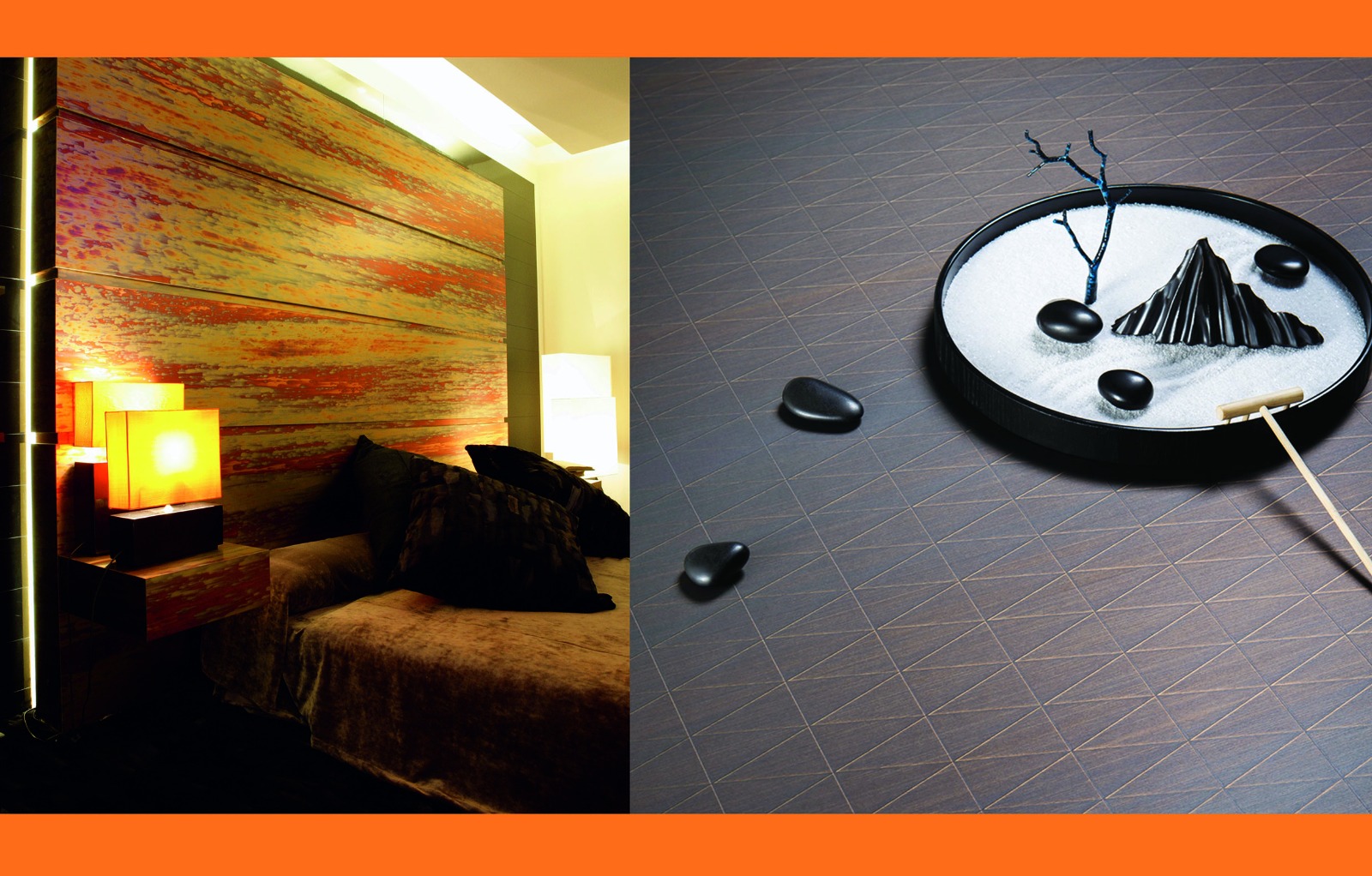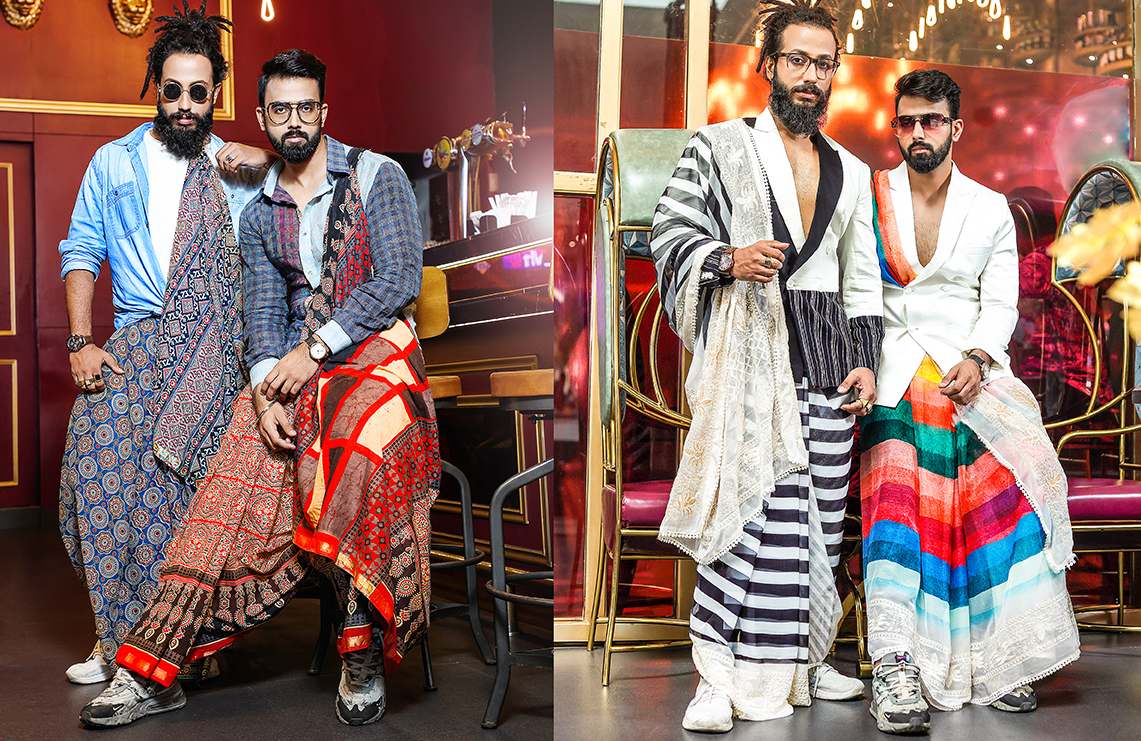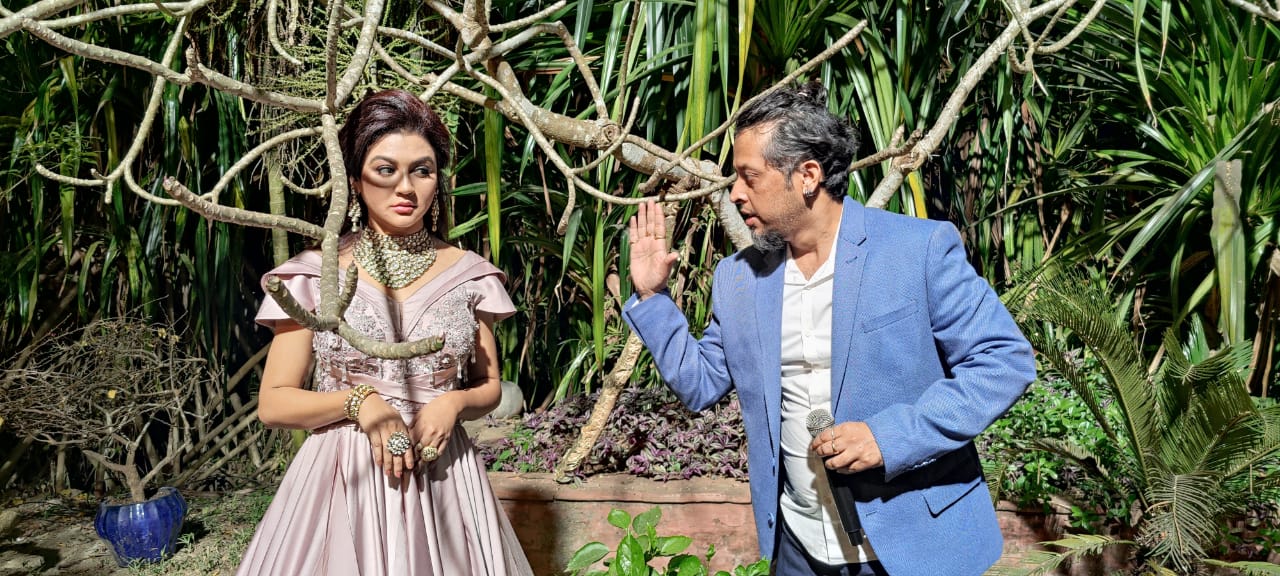A study by Newcastle University and Delft University of Technology, Netherlands, published in the Journal of Vision, has found that people use a combination of colour and brightness in a painting to predict the time of day in the image. For a large range of paintings over three centuries, they were able to establish the timing regardless of the exact content or style of painting and this was purely based on the selection of shades used.

Visual perception
In an online behavioural experiment, 51 people rated 104 mostly little-known landscape paintings as depicting either morning, noon, afternoon, evening, or night. Although the paintings were taken from a range of artists and from across the 17th to 20th century, the time of day ratings people gave them were surprisingly consistent. In general, paintings with lighter, paler blues and darker yellows were viewed as morning, and those with darker blues and brighter yellows seen as evening.
Anya Hurlbert, Professor of Visual Neuroscience at Newcastle University, who led the study, said: “Our findings show painters tap into fundamental processes of visual perception that adults possess. “They appear to be subconsciously understanding how the human brain has learned over evolution to interpret changes in daylight and this adds to our understanding of visual perception. “This research is one of the first to show that painters deploy simple colour and brightness cues to convey something as abstract as time of day.”

From nature to art
The colour and brightness of natural daylight change regularly over the course of the day and offer subtle colour clues that this research showed most people interpreted in the same way. Experts have shown that daylight is a mixture of direct sunlight and diffuse skylight, meaning the nuances in hue are constrained to follow a curve from blue to orange/yellow.
At dawn, the light changes colour rapidly from a dark blue to a brighter yellow or neutral hue; at dusk, it changes in the opposite direction, becoming bluer as it darkens. In morning and evening, when the sun is close to the horizon, daylight is dimmer than at midday. People were able to pick up on these subtle clues.
Professor Hurlbert said: “The experiment was performed online. A separate experiment in the lab, with a calibrated image display and a smaller number of participants, confirmed the results of the online one. “Therefore, paintings make a rich source of information for scientists to understand how visual perception works.”

Reference: Time-of-day perception in paintings. Cehao Yu et al. Journal of Vision. DOI: 10.1167/jov.24.1.1
🎓ABOUT NEWCASTLE UNIVERSITY: Newcastle University, UK, is a thriving international community of more than 28,000 students from over 130 countries worldwide. As a member of the Russell Group of research-intensive universities in the UK, Newcastle has a world-class reputation for research excellence in the fields of medicine, science and engineering, social sciences, and the humanities. Its academics are sharply focused on responding to the major challenges facing society today. Our research and teaching are world-leading in areas as diverse as health, culture, technology and the environment. Newcastle University is committed to providing our students with excellent, research-led teaching delivered by dedicated and passionate teachers. Newcastle University is ranked 110th in the QS World Ranking 2024 and 139th in the Times Higher Education World University Ranking 2023.






















































































































































































































































Facebook Comments